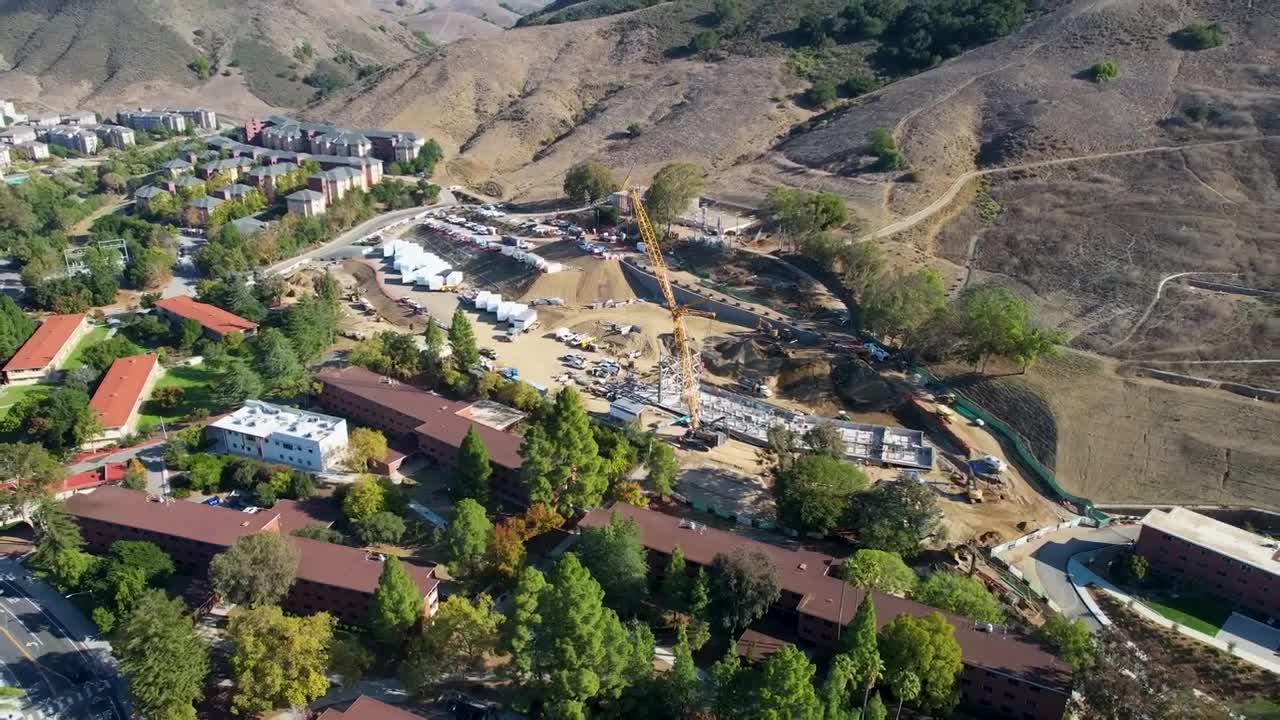Construction began Tuesday on the first of seven buildings that will add thousands of new on-campus student housing units at Cal Poly.
This new building will add 520 beds by the fall of 2026. Overall, the $1.2 billion 10-year plan will add up to 4,000 new housing units.
“It's honestly really good because it will offer students more opportunities to have on-campus housing," said Cal Poly student Victor Padilla.
The construction is unique, using a technique called modular stacking. The pre-fabricated modules are constructed in Carson, California, then shipped to Cal Poly, where all they have to do is put them into place.
“What we do when it arrives on site is we stack them together and then there's some stitching together with just connecting the mechanical systems, connecting the electrical systems, connecting the structural systems," explained Mike McCormick, Cal Poly Vice President of Facilities Management and Development.
McCormick says the stacking method reduces the workforce needed on campus and that the building will be completed in half the time normal construction would take.
For the university, the project addresses the need for more on-campus housing due to the rising student population, helps pull students out of the exhausted rental market in San Luis Obispo, and will improve student success.
“The idea is to make sure that we have all of our first and second year students living on campus, about half of the population on campus," McCormick said.
With over half a billion dollars in construction projects across campus, not including this one, it’s a busy time at the university.
“It's very loud and obnoxious in the mornings, for sure," said student Shawn Royer.
"It's not like crazy bad, but I mean, definitely like the windows open when we're trying to sleep in, yeah, for sure," added student Owen Beck.
But the hope is that with a more efficient construction process, the impact on the students will be less.
“We think, especially over the long run, it's going to help us drive down the capital costs, which is the primary driver of the actual cost that students pay," McCormick explained.
The heaviest stacking activity is expected to take place in mid to late November and is expected to continue until late January of next year.
Watch a live stream of the construction at this link.





